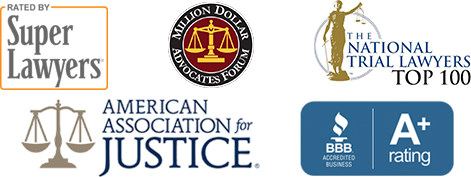When you buy a product, you expect that the manufacturer did its part in regards to safety. While this is usually true, there are times when a defective product slips through the cracks and makes its way to market.
Types of Defective Product Classifications
There are three ways in which a manufacturer can be held liable for a defective product injury. These include:
- Design negligence. This is when a manufacturer fails to exercise the appropriate level of care when producing a product.
- Misrepresentation. This is when advertising and marketing campaigns lead consumers to believe a product isn’t what it seems to be.
- Breach of warranty. This occurs when a product is unable to stand up to claims made by the manufacturer.
Of course, the laws and available legal options vary, depending on the type of product claim and injury. Our website shares information on defective products and related injuries, however, always keep this in mind: no two situations are the same.
Important Elements of a Product Liability Case
The requirements for proving a product liability case will depend on the type of case. For example, if you were injured due to a negligent design of a product, then we must prove that the defective design is what led to the injury. There are also a few ways in which a manufacturer can be responsible, including strict liability, negligence, or a breach of warranty.
Many manufacturers will fall into the case requirements of strict liability. When you work with our defective product lawyers, we will collect the necessary evidence to prove the following:
- A defect of the product that is unreasonably dangerous occurred during either the design, manufacturing, or production of the product.
- The injury occurred while the plaintiff was using the product, in its intended manner.
- The product was in its intended form, not altered in any way.
Of course, if you were injured due to a breach of warranty or problems during the design process, these elements may or may not apply to you. The complexities of defective products laws are just one of the reasons that you should consider working with an experienced lawyer on your case.
Protect Your Rights to Compensation Following a Product Injury
There are a few things that you can do to protect your legal rights following a defective product injury. First, it is important to receive medical care immediately following the injury. Then, if possible, preserve the evidence. If you are unsure how to do this, reach out to a lawyer first. Your lawyer will help guide you on the next steps to take. Throughout the process, it is also important to keep the state’s timelines in mind. We have just a limited time to file your defective product injury case.
If you have been injured by a defective product, and believe the manufacturer to be liable, be sure to contact us to discuss the finer details.








